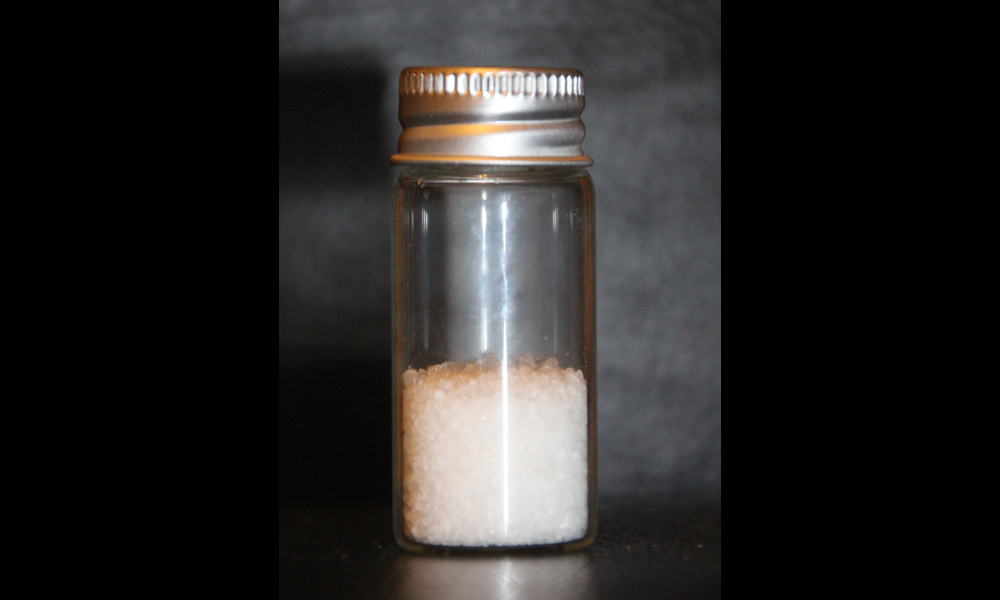Slow Cooling after Heat Treatment Could Increase Polymer Strength
Published on Tue Jan 30 2024 File:Sample of Polyvinyl alcohol.jpg | LHcheM on Wikimedia
File:Sample of Polyvinyl alcohol.jpg | LHcheM on WikimediaIn an new study, researchers used molecular dynamics simulations to shed light on a longstanding puzzle in the world of polymer science: How precisely does heat treatment affect the microscopic spaces between polymer chains? This research, led by Hossein Goodarzi Hosseinabadi from the University of Bayreuth, utilizes advanced computational techniques to explore the unoccupied spaces — also known as "free volume" — in polyvinyl alcohol under varying conditions of heat treatment.
Polymers are like the building blocks of modern materials, and tweaking their heat treatment can lead to products with new properties. Imagine cooking—where the temperature and time can mean the difference between a raw or perfectly tender steak. Similarly, with polymers, the rate of cooling from a melt can produce materials that are harder or softer, more or less flexible. This research, acting like a microscopic food thermometer for polymers, reveals how cooling rates impact the tiny gaps within the material structure.
The study has uncovered that lower cooling rates, can lead to denser packing of polymer chains, resulting in materials with potentially enhanced strength. This process, called annealing, contrasts with rapid cooling, or quenching, which traps more empty spaces within the material. These findings aren't just theoretical. The researchers leveraged open-source software to optimize simulations would otherwise be computationally expensive, potentially unlocking new ways to engineer materials for various applications — ranging from medical devices to aerospace components — with more precision than ever before.
It's essential to note that while these simulations offer fascinating insights, they model only the initial stages of understanding the full landscape of polymer behavior. Yet even at this stage, the potential applications for industries requiring fine-tuned material properties are significant.
As the world moves towards smarter materials for better products, studies like these are valuable stepping stones. This research represents progress both in our understanding of polymers and in the development of tools that can make high-level research more accessible and less costly. This pioneering work offers a glimpse into the future of material design — a future where scientific insights translate into everyday advancements.



